New Year’s Traditions Mexico
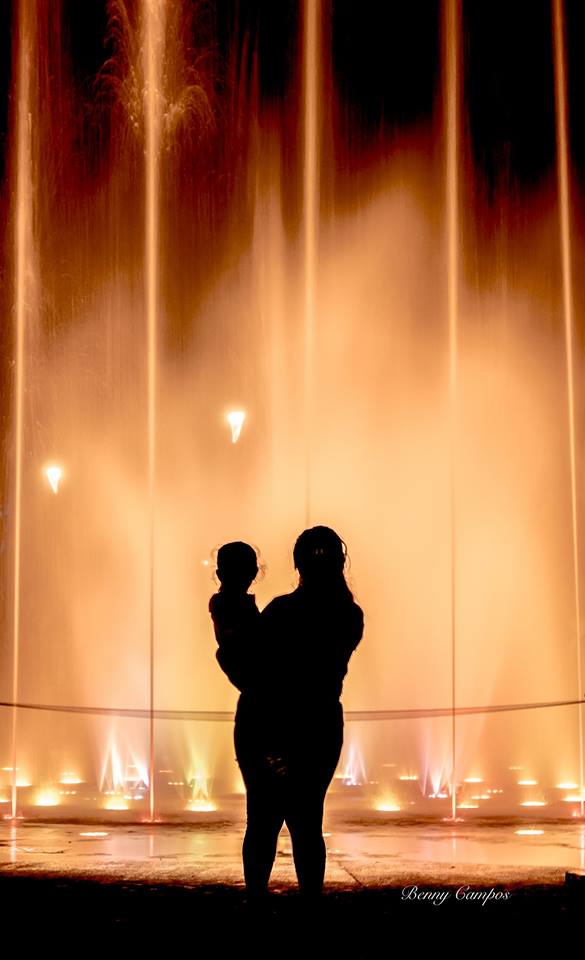
New Year’s Traditions Mexico
New Year’s Traditions and Rituals in Mexico. Customs, Superstitions and Wishes.
Text & Translation by Moises JH & Tono Lopez
The New Year in Mexico is one of the most anticipated celebrations of the year, full of joy, rituals and traditions that reflect the cultural and spiritual wealth of the country. Each custom has a special symbolism, and all are aimed at saying goodbye to the old year with gratitude and hope, while attracting good wishes of love, health, prosperity and success for the coming year. These traditions, passed down from generation to generation, have become an essential part of the end-of-year festivities, mixing elements of religion, popular culture and superstitions.
At cozumel4you we tell you which are the most popular in Cozumel and Mexico.
One of the most curious and visual traditions is to take your suitcases out to the street at midnight, a ritual that symbolizes the desire to travel and explore new destinations in the coming year. At the stroke of twelve, those who dream of adventure take a suitcase, either empty or with a few items, and walk with it through the house, through the door, or, in some cases, around the block. This ritual becomes a time of fun in which families and neighbors laugh and share stories of the trips they hope to take. In addition, it is believed that the farther you walk with your suitcase, the greater the chances that the next year will be full of adventures and faraway destinations.
Another of the most well-known rituals is eating 12 grapes, a tradition that has its roots in Spain but that Mexicans have enthusiastically adopted. At midnight, as the bells ring, people eat a grape for each stroke of the bell, making a wish for each of the twelve months of the year. This simple but significant act is accompanied by laughter and a bit of chaos, as many rush to complete the ritual before the bells end. Grapes, loaded with symbolism, represent not only personal desires, but also the hope for a year full of opportunities and good times.
Wearing colored underwear is a fun tradition that has become a classic at the end-of-year parties in Mexico. According to superstition, the color of the underwear you wear to bid farewell to the year will influence what you will attract during the next year. Red symbolizes love and passion; yellow, economic prosperity and success; green, health and well-being; and white, peace and harmony. Many people carefully choose the color of their underwear as a symbolic way of manifesting their greatest wishes for the coming year.
For those seeking economic prosperity, placing money in their shoes or pockets is an essential ritual. By putting away bills or coins during midnight, it is believed that the next year will be full of abundance and financial stability. Similarly, another practice related to attracting wealth is placing a gold ring in the glass of cider or sparkling wine with which one toasts at twelve o’clock. This gesture represents prosperity and material success, and it is said that at the end of the toast, the ring becomes a good fortune amulet that must be kept throughout the year.
The burning of the old year is another tradition full of symbolism. Some people make dolls that represent the year that is ending, which can be made of rags, paper or even cardboard. These dolls, known as “old years”, symbolize bad times, difficulties or everything that one wishes to leave behind. At midnight, the dolls are burned as a form of liberation and renewal, representing the closing of a cycle and the beginning of a new one. This ritual, full of emotional meaning, is a way to cleanse the soul and make way for new opportunities.
Cleaning the home is also an essential element in the end-of-year festivities. Many families carry out a deep cleaning of their houses, sweeping outwards to expel the bad energies accumulated during the year that is ending. This practice symbolizes the need to begin the new cycle with a clean environment full of good vibrations. In some homes, this cleansing is accompanied by other rituals such as lighting colored candles, each with a specific purpose: white for peace, red for love, green for health, and yellow for prosperity.
Finally, small symbolic gestures such as jumping on the right foot at the stroke of twelve are considered acts of good luck. This simple movement represents starting the year with optimism and determination, leaving behind any doubt or negativity.
New Year’s Eve dinner is the central moment of the celebration. Dishes such as turkey, romeritos, cod, tamales, apple salad, and Christmas punch adorn Mexican tables, accompanied by music, laughter, and toasts. This is a moment of family unity in which food is shared.
Did you know about these curious traditions? Tell us and leave us your comment.
Tradiciones y Rituales de Año Nuevo en México. Costumbres, Supersticiones y Deseos
Texto & Traducción by Moises JH & Tono Lopez
El Año Nuevo en México es una de las celebraciones más esperadas del año, llena de alegría, rituales y tradiciones que reflejan la riqueza cultural y espiritual del país. Cada costumbre tiene un simbolismo especial, y todas están orientadas a despedir el año viejo con gratitud y esperanza, mientras se atraen buenos deseos de amor, salud, prosperidad y éxito para el año entrante. Estas tradiciones, transmitidas de generación en generación, se han convertido en una parte esencial de las festividades de fin de año, mezclando elementos de la religión, la cultura popular y supersticiones.
En cozumel4you te decimos cuales son las mas populares en Cozumel y Mexico.
Una de las tradiciones más curiosas y visuales es la de sacar las maletas a la calle a la medianoche, un ritual que simboliza el deseo de viajar y explorar nuevos destinos en el próximo año. Al sonar las doce campanadas, quienes sueñan con aventuras toman una maleta, ya sea vacía o con algunos objetos, y caminan con ella por la casa, cruzan la puerta o, en algunos casos, recorren toda la cuadra. Este ritual se convierte en un momento de diversión en el que familias y vecinos ríen y comparten historias de los viajes que esperan realizar. Además, se cree que mientras más lejos camines con tu maleta, mayores serán las posibilidades de que el próximo año esté lleno de aventuras y destinos lejanos.
Otro de los rituales más conocidos es el de comer 12 uvas, una tradición que tiene sus raíces en España pero que los mexicanos han adoptado con entusiasmo. A la medianoche, mientras suenan las campanadas, las personas comen una uva por cada campanada, pidiendo un deseo para cada uno de los doce meses del año. Este sencillo pero significativo acto se acompaña de risas y un poco de caos, ya que muchos se apresuran a cumplir con el ritual antes de que terminen las campanadas. Las uvas, cargadas de simbolismo, representan no solo los deseos personales, sino también la esperanza de un año lleno de oportunidades y buenos momentos.
La ropa interior de colores es una tradición divertida que se ha vuelto un clásico de las fiestas de fin de año en México. Según la superstición, el color de la ropa interior que uses para despedir el año influirá en lo que atraerás durante el siguiente. El rojo simboliza el amor y la pasión; el amarillo, la prosperidad económica y el éxito; el verde, la salud y el bienestar; y el blanco, la paz y la armonía. Muchas personas eligen con cuidado el color de su ropa interior como una manera simbólica de manifestar sus mayores deseos para el próximo año.
Para quienes buscan prosperidad económica, colocar dinero en los zapatos o bolsillos es un ritual infaltable. Al guardar billetes o monedas durante la medianoche, se cree que el próximo año estará lleno de abundancia y estabilidad financiera. De forma similar, otra práctica relacionada con la atracción de riqueza consiste en colocar un anillo de oro en la copa de sidra o vino espumoso con la que se brinda a las doce. Este gesto representa la prosperidad y el éxito material, y se dice que al finalizar el brindis, el anillo se convierte en un amuleto de buena fortuna que debe conservarse durante todo el año.
La quema del año viejo es otra tradición cargada de simbolismo. Algunas personas elaboran muñecos que representan al año que termina, los cuales pueden estar hechos de trapos, papel o incluso cartón. Estos muñecos, conocidos como “años viejos”, simbolizan los malos momentos, las dificultades o todo aquello que se desea dejar atrás. A la medianoche, los muñecos son quemados como una forma de liberación y renovación, representando el cierre de un ciclo y el comienzo de uno nuevo. Este ritual, lleno de significado emocional, es una manera de limpiar el alma y abrir paso a nuevas oportunidades.
La limpieza del hogar también es un elemento esencial en las festividades de fin de año. Muchas familias realizan una limpieza profunda de sus casas, barriendo hacia afuera para expulsar las malas energías acumuladas durante el año que termina. Esta práctica simboliza la necesidad de comenzar el nuevo ciclo con un entorno limpio y lleno de buenas vibraciones. En algunos hogares, esta limpieza se acompaña de otros rituales como encender velas de colores, cada una con un propósito específico: el blanco para la paz, el rojo para el amor, el verde para la salud y el amarillo para la prosperidad.
Por último, pequeños gestos simbólicos como saltar con el pie derecho al dar las doce son considerados actos de buena suerte. Este sencillo movimiento representa empezar el año con optimismo y determinación, dejando atrás cualquier duda o negatividad.
La cena de Año Nuevo es el momento central de la celebración. Platillos como pavo, romeritos, bacalao, tamales, ensalada de manzana y ponche navideño adornan las mesas mexicanas, acompañados de música, risas y brindis. Este es un momento de unión familiar en el que se comparten historias, reflexiones y buenos deseos.
En México, las festividades de Año Nuevo son más que una fiesta; son una forma de conectarse con la familia, reflexionar sobre el pasado y mirar con esperanza hacia el futuro. Las tradiciones, cargadas de simbolismo, son un recordatorio de que cada año trae consigo una nueva oportunidad para empezar de nuevo, alcanzar sueños y vivir plenamente. Ya sea con maletas, uvas o un anillo en la copa, los mexicanos celebran esta fecha con una mezcla única de alegría, fe y entusiasmo. ¡Así es como en México se despide el año viejo y se da la bienvenida a un futuro lleno de posibilidades!
¿Conocias de estas curiosas costumbres? Cuentanos y deja tu comentario.
Antonio Lopez .Bachelor of Communication Sciences and Techniques with 13 years of experience in the media.
- Breakfast Children Cozumel Turtle Nesting Season - May 2, 2025
- Cozumel Upcoming Events - April 25, 2025
- Cozumel Traditions - April 18, 2025
Moses Jimenez. Content creator for more than 20 years, 18 of them on the island of Cozumel. Collaborator in multiple informative projects and social diffusion. Antonio Lopez . Bachelor of Communication Sciences and Techniques with 13 years of experience in the media.
Punta Celarain Cozumel History
Punta Celarain Cozumel History Punta Celarain and the Celarain Lighthouse Both Bear...
Significance May 1 May 5 Mexico
Significance May 1 May 5 Mexico The Significance of May 1 and...
Cozumel Museum
Cozumel Museum Cozumel’s “Museo de la Isla” Celebrates 38 Years Cozumel’s...
Feria Cedral Schedule
Feria Cedral Schedule La Feria de El Cedral & La Fiesta...


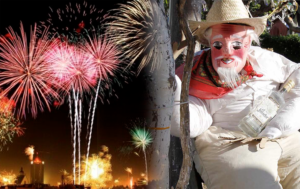




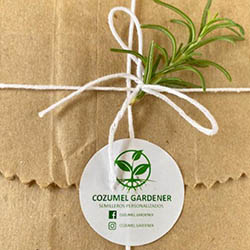


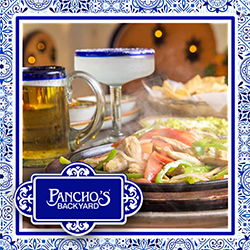
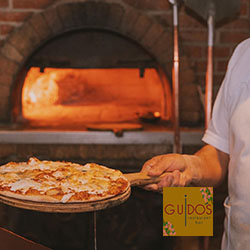
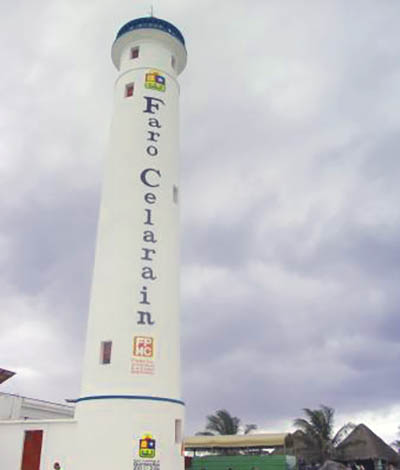
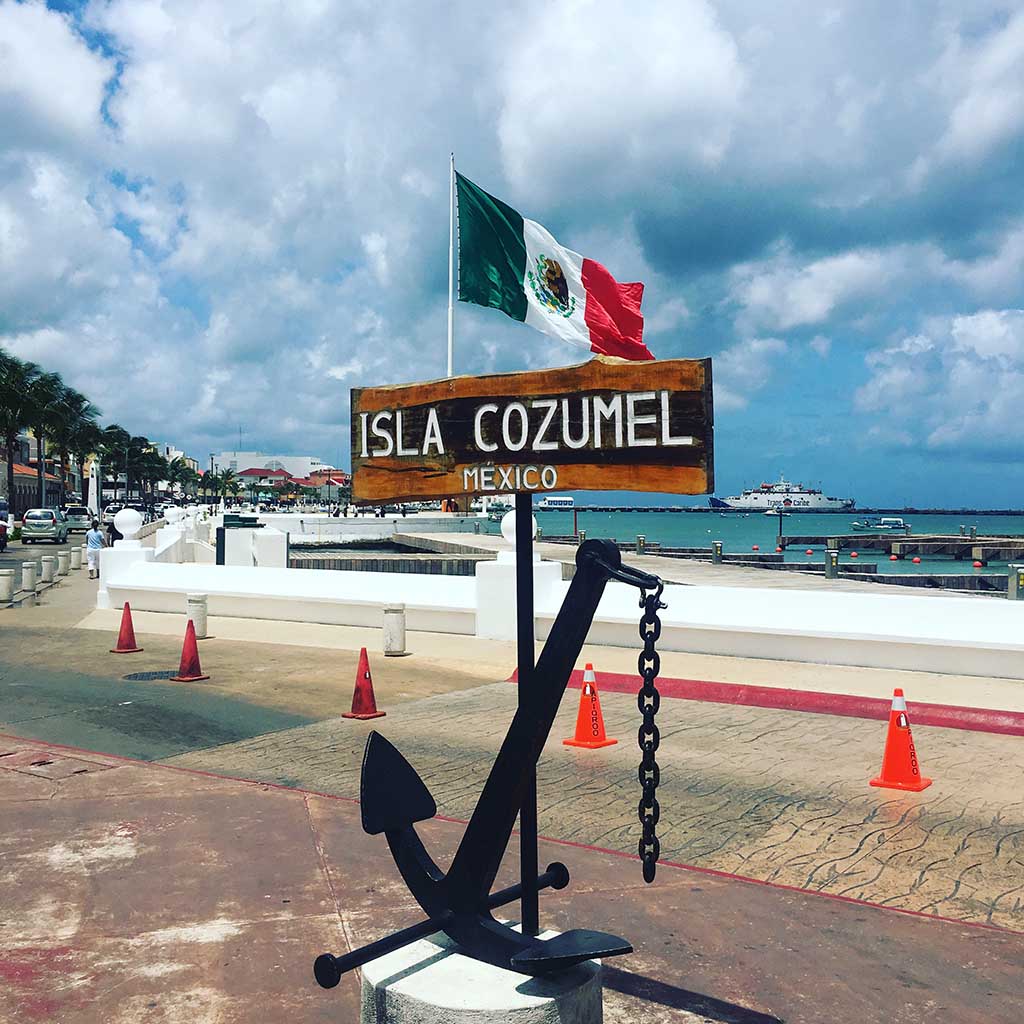
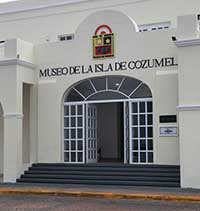
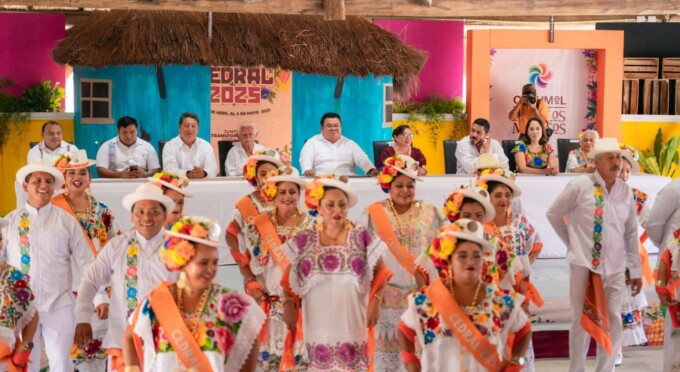








Leave a comment